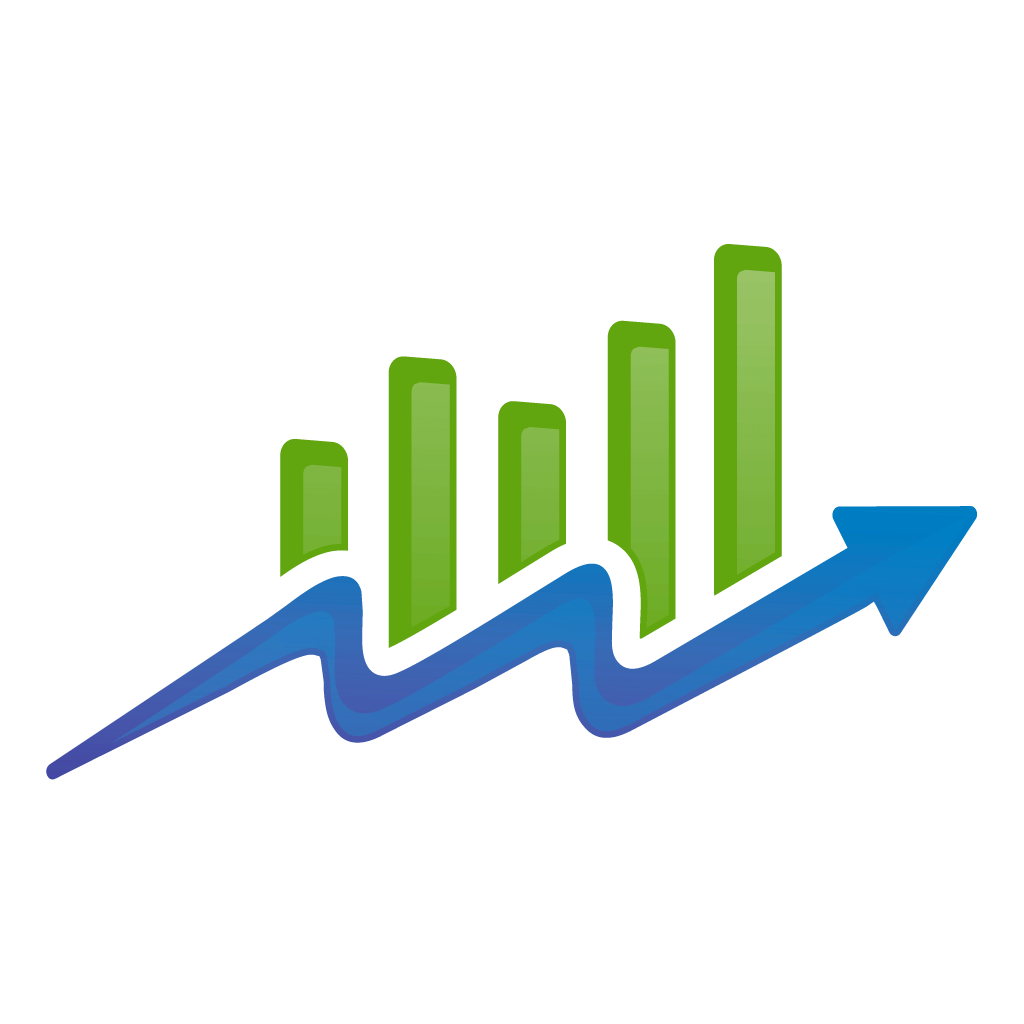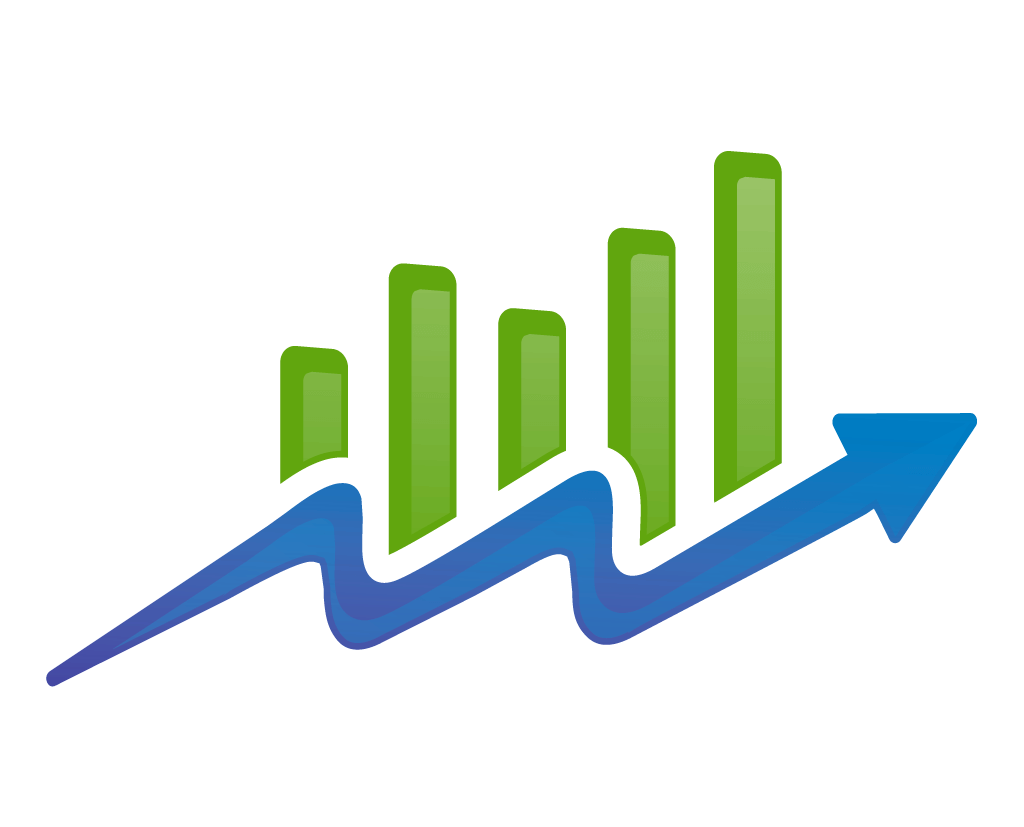In the world of entrepreneurship, there’s a lot of misleading information.
First of all, working for yourself is hard. Second, it’s rarely as glamorous as social media makes it out to be.
But it’s not all bad news. There is one niche of owning your own business that can be as fun as it is lucrative – ECommerce stores.
The beauty of starting an ECommerce store is that, first and foremost, it’s entirely digital. That means your potential overhead is quite small compared to a business that requires a physical store.
Not only can you ignore location scouting, but you won’t actually need to be present somewhere other than your office.
That means your time (and that lifestyle you want) really can be yours.
Last but not least, ECommerce stores generally function with a remote inventory. If you pursued dropshipping or print-on-demand, inventory isn’t even a consideration!
Why is that important? Because inventory nightmares are one of the most common reasons for small businesses to go under.
So, not only do you not have to worry about taking responsibility (and huge risks) with your store’s inventory, but you’ll also get the benefit of reaching a much larger target audience since you’re not doomed to only sell goods locally.
Relatively easy to launch, an online ECommerce store can give you the lifestyle and the paycheck you want. But, like any business, you have to know where to start…
Your Online Store Guide
Of course, for your ECommerce store to be successful, you will have to put in some work before opening your digital doors.
But don’t get discouraged. While these can be quite a bit of upfront setup work, once you’re done, you shouldn’t need to do it ever again.
We’ve assembled five critical steps below that will ensure your ECommerce store works the way you want it to. So do your best to give each one the time and attention it deserves!
1. Do Your Research
Many an ECommerce store has failed to flourish simply because the owner never did proper research.
Research is arguably the single most important step because it can help you identify how valid your business idea actually is. Zeroing in on your niche by looking at your potential audience – what they need, want and are searching for – gives you the foundation for all the rest of your business decisions.
For example: say you have the idea to open an online store that sells kitchen products. Without doing research, you’d likely get lost in the shuffle. There are often going to be competitors that can outspend you on advertising.
But, if you put in the legwork, you’ll often identify smaller and less competitive niches (like artisan chef knives). This can help keep your business focused, and also make your life a lot easier when it comes to advertising.
The basic rules to play by when doing your research are:
- Find a niche that has low competition (no huge brand names in it) but high consumer demand (you can get a feel for this by doing some basic keyword research)
- Make sure your niche is something that you are interested in and have a story about
- If you find a product/niche that is a pain point for yourself, then it’s really likely that it will do well
2. Pick Your Business Model
It’s up to you to decide how you want to create your product and get it to your consumer. Fortunately, there are quite a few options for ECommerce store owners.
The three most popular in the ECommerce world right now are manufacturing, dropshipping and print-on-demand products. As you can imagine, there are pros and cons to each option.
Manufacturing: This e-commerce business model means that you’ll be in control of developing and shipping your own product.
Having complete quality control over your product is a good thing, but comes with a cost. Specifically, you’ll need a manufacturing space, materials, tools, and people to help create the end product.
Dropshipping: the dropshipping business model has been gaining a lot of popularity and it’s easy to see why.
If you’re dropshipping, you’re essentially a middle-man. You aren’t required to keep stock of any of goods. Nor are you responsible for manufacturing.
Instead, when an order is placed through your store, it’ll queue the items shipment from your vendor to your client, and your store will purchase the item at wholesale prices from the vendor directly.
This frees you up to focus on your sole responsibility as a dropshipper, marketing! As you might imagine though, the margins aren’t great when you’re outsourcing almost everything except for lead generation.
Print-on-demand: the Print-on-Demand model is very similar to the drop shipping model. In fact, it can be considered a form of drop shipping.
The only difference being with print-on-demand, the design is printed on products as the orders come in, rather than manufactured goods of all kinds being ready to ship by a third party warehouse. The upside is you can test different designs and product types with agility, while the downside is being unable to ensure the quality of the products.
Depending on your niche, it’s likely that one or two of the options above will stand out. Take a look at what your competitors are doing and decide if it’s best to follow suit or get creative and pave your own path.
3. Maintain Your Website
Because your website will essentially be your store, it’s important to make sure it looks nice and functions properly.
If your website doesn’t give your customers a great experience, there’s a good chance they’ll bounce, and never buy anything. While having an expert build your store for you is the easiest way to go, there are some less expensive options if you’re needing to bootstrap.
Take a look at some of the ECommerce platforms available and weigh the pros and cons of each. There are enough options these days that you should be able to find something that can meet your particular needs. Most of them offer website templates and online forms you can use off-the-shelf, so your website will be ready for business quickly and painlessly.
If you do go the platform route, remember that you can always hire a professional freelancer or agency to help you customize certain parts of it (like your shopping cart) if you need help.
For instance, many ECommerce store owners find conversions dramatically improve when they integrate live chat into shopping cart recovery sequences.
4. Optimize Back-end Processes
Of course, all of this front-end work will only pay dividends if your back-end processes are organized and fail-proof.
Processes to keep an eye on include payment options, easy-to-track, and reliable shipping, and accounting (for your own sanity).
Most platforms will include functionality for all of the above. So for the majority of eCommerce store owners, this won’t be a major consideration.
But we’re including it in the list here in case the platform you choose is missing one or more of these elements. If that’s the case, you’ll definitely want to hire a professional developer to help you implement them.
5. Invest in Marketing
Once you’ve reached this fifth and final step, your ECommerce store is essentially ready for business. Congratulations!
Unfortunately, what we’ve covered so far is just the tip of the iceberg. Without marketing efforts, it’s unlikely to get any website visitors, leads, or sales.
While online stores do have the innate advantage of reaching practically anyone, that means they are also prone to get buried in search results. To avoid sinking to the bottom of the competition, we’d highly recommend investing in digital marketing that focuses on SEO (search engine optimization).
For ECommerce stores, SEO can generate truly meaningful long-term results.
Our partners at RankPay will actually help you get your SEO rankings up, and only charge you if you rank. If you’re trying to be lean with upfront investments, this provides a great option.
Another effective way to market your new ECommerce business is by building partnerships and relationships with affiliates who can help spread the word about your products and/or services.
To find these partners, get active on social media! It’s the single best way to locate industry influencers and to find media outlets that might be open to covering your business.
The rest is gravy!
After you’ve followed the setup instructions above, your business should be in a great spot to start running itself.
In fact, many ECommerce entrepreneurs get so hooked with the process that they launch several stores every year. Once you have some revenue generation going, you can begin to outsource a range of ECommerce services like marketing, design, and photography. And, because you never have to physically show up to a location, you really can be in as many places as you want at once!
Keep in mind you can also outsource your services to agencies like RankPay and let them do the heavy lifting for you.
All that is left is to get started!
Guest Author
Jimmy Rodriguez – CTO and Cofounder of 3dcart
Joining the company in 2004, Jimmy began managing business development and technical planning; presently he oversees daily operations and the overall strategic vision of the company using feedback from customers and merchants to improve the 3dcart platform.
With a background of web programming and e-commerce development, Jimmy specializes in merging and optimizing social media, search engine optimization, marketing, business management, productivity, and user-friendly interfaces for the e-commerce industry. Jimmy attended UNY in Venezuela where he studied Industrial Engineering and Operations obtaining a Bachelor of Science.








